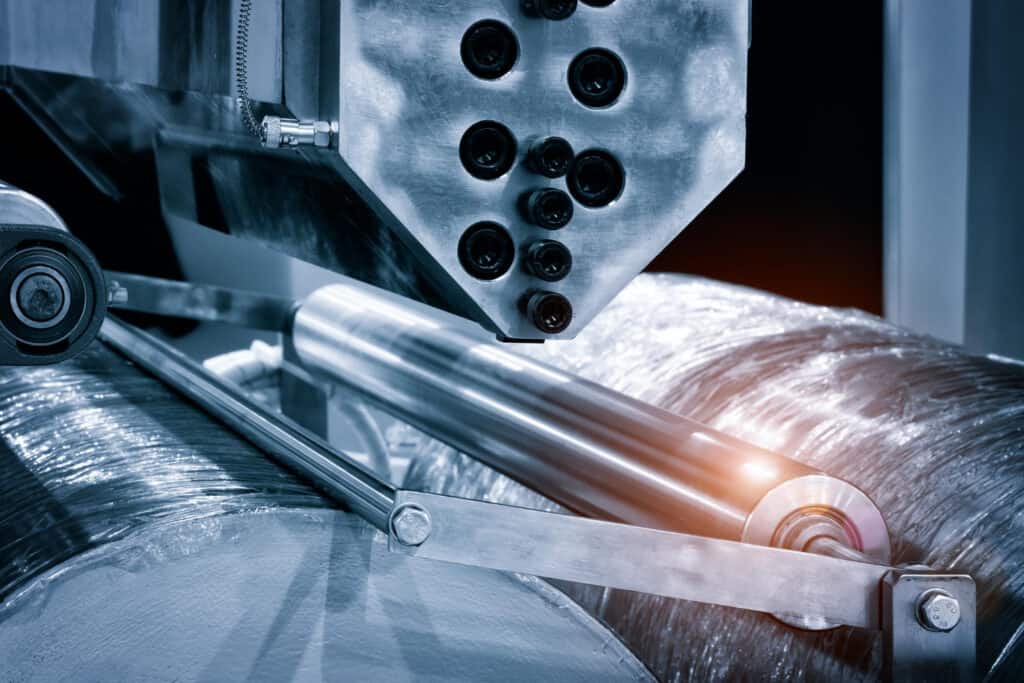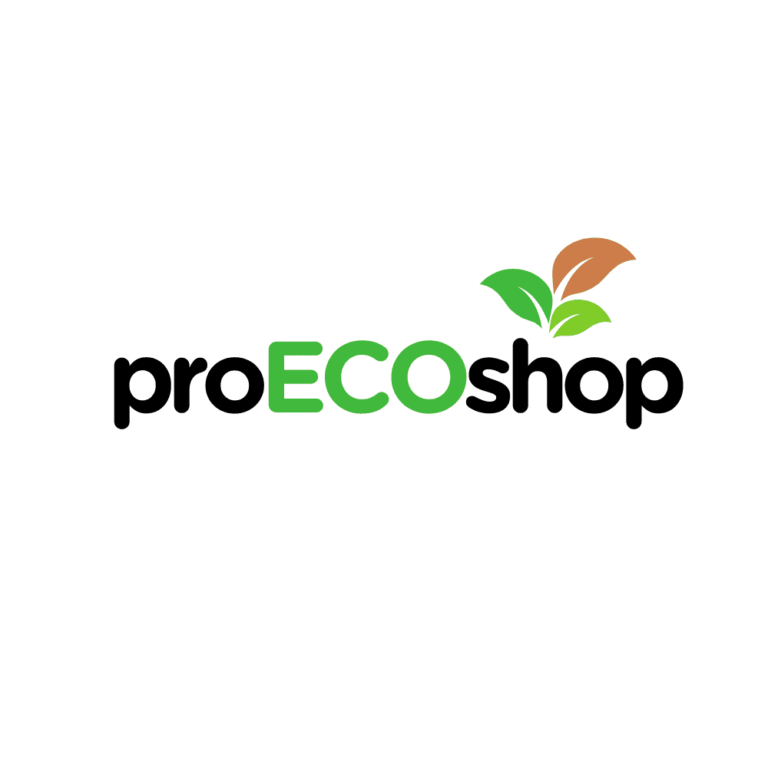Is cellophane plastic biodegradable?
There is some confusion about whether or not cellophane is biodegradable. The answer is: it depends. Cellophane is a type of plastic, and most plastics are not biodegradable. However, some types of cellophane are made from biodegradable materials.
Cellophane is made from a type of plastic called polyvinyl chloride (PVC). PVC is not biodegradable, so most types of cellophane are not biodegradable. However, some cellophane is made from a type of PVC called polyvinylidene chloride (PVDC). PVDC is biodegradable, so some types of cellophane are biodegradable.
It is important to note that not all biodegradable plastics are environmentally friendly. Some biodegradable plastics can release harmful toxins into the environment when they degrade. So it is important to choose biodegradable plastics that are environmentally friendly.
How is cellophane made?
Cellophane is a transparent, thin and strong plastic film. It is made by coating paper with a thin film of plastic. Cellophane was invented by Jacques Brandenberger in 1908.
The first step in the manufacturing process is to make the paper. The paper is made from wood pulp. The wood pulp is mixed with water and chemicals to make a slurry. The slurry is poured onto a moving mesh belt. The belt carries the slurry through a tank of hot water. The hot water dissolves the chemicals in the slurry and the paper is formed.
The paper is then transported to a coating plant. The coating plant applies a thin film of plastic to the paper. The plastic is made from ethylene and benzene. The plastic is applied to the paper by a series of rollers. The rollers squeeze the plastic onto the paper. The plastic is then dried.

The cellophane is then cut into sheets and rolls. The cellophane is transported to a packaging plant. The packaging plant packages the cellophane into boxes, bags and rolls.
Environmental Impacts on cellophane production
Cellophane is a thin, transparent sheet of plastic that is often used to wrap food. It is made from cellulose, a type of plant fiber. Cellophane is a popular wrapping material because it is moisture-resistant and relatively strong.
The production of cellophane has several environmental impacts. First, the process of making cellulose from plants requires a lot of energy. Second, the production of cellophane emits greenhouse gases, which contribute to climate change. Third, the use of cellophane often results in food waste.
The production of cellulose from plants requires a lot of energy. This is because the cellulose must be broken down into smaller molecules before it can be turned into plastic. This process is known as hydrolysis. It requires a lot of heat and acid to break down the cellulose into smaller molecules.
The production of cellophane also emits greenhouse gases, which contribute to climate change. Greenhouse gases are gases that trap heat in the Earth’s atmosphere. This trapped heat causes the Earth to warm up, which can lead to a variety of problems, such as melting glaciers, sea level rise, and more extreme weather events.
The use of cellophane often results in food waste. This is because cellophane is not always effective at keeping food fresh. For example, it is not very good at keeping moisture out. As a result, food that is wrapped in cellophane can often spoil quickly.
Cellophane has several environmental impacts. It requires a lot of energy to produce, it emits greenhouse gases, and it often results in food waste. These impacts are important to consider when deciding whether or not to use cellophane.
How long does it take for cellophane to decompose?
Cellophane does not easily degradable and it takes a long time for it to decompose. It can take up to 10 years for cellophane to decompose in a landfill. This is because the plastic is not exposed to enough oxygen to break down.
There are some ways to speed up the decomposition of cellophane. One way is to exposed the plastic to sunlight. Sunlight will help to break down the plastic. Another way is to add organic material to the landfill. This will help to speed up the decomposition process.
Despite the fact that it takes a long time for cellophane to decompose, it is still a better option than using non-biodegradable plastics like Styrofoam.
FREQUENTLY ASKED QUESTIONS
Can you recycle cellophane?
Yes, you can recycle cellophane plastic! Just like other types of plastic, cellophane can be recycled into new products. This means that recycling cellophane helps reduce the amount of plastic in landfills and conserves resources.
To recycle cellophane, simply place it in your local recycling bin. Make sure to remove any food or other debris from the plastic first. Then, the plastic will be sorted and recycled into new products.
So don’t hesitate to recycle cellophane plastic—it’s a great way to reduce waste and help the environment.
Is cellophane plastic compostable?
There is some debate around whether or not cellophane is compostable. Some people say that it is, while others claim that it is not. So, what is the truth?
Cellophane is made from cellulose, which is a natural material. This means that it is biodegradable. However, whether or not it is compostable depends on how it is made. If it is made from virgin cellulose, then it is compostable. If it is made from recycled cellulose, then it is not compostable.
So, is cellophane plastic compostable? It depends on how it is made. If it is made from virgin cellulose, then it is compostable. If it is made from recycled cellulose, then it is not compostable.
Is cellophane toxic?
In recent years there has been some concern that the use of cellophane plastic may be harmful to our health. This concern is based on the fact that cellophane is made from petroleum, and that when it is heated it releases toxic gases.
While it is true that cellophane is a petroleum-based product, there is no evidence to suggest that it is harmful to our health. In fact, the European Union has classified cellophane as a non-toxic and non-hazardous material.
So don’t worry – using cellophane is perfectly safe!
Is cellophane plastic a sustainable product?
There is no one-size-fits-all answer to this question, as the sustainability of cellophane plastic depends on a number of factors, including the way it is produced and used. However, when used responsibly, cellophane plastic can be a sustainable product.
Cellophane is a type of thin, transparent plastic film. It is made from cellulose, a natural polymer found in plants. This makes cellophane a renewable resource, and it can be recycled or composted.
However, cellophane production can be polluting, and it can be difficult to recycle. It is important to choose recycled or certified sustainable cellophane products when possible, to ensure that the negative environmental impacts of production are minimized.
When used correctly, cellophane can be a sustainable product. However, there are some environmental concerns associated with its production, so it is important to be mindful of these when choosing products made from this material.
Is cellophane plastic food safe?
There is no easy answer to this question. Some people say that cellophane is safe to use for food packaging, while others believe that it may leach harmful chemicals into the food.
The main concern with cellophane is that it may contain bisphenol A (BPA), a chemical that has been linked to health problems such as reproductive problems and heart disease. BPA is used in the production of some types of plastic, including cellophane, and can leach out of the plastic into the food or drink it contains.
There is limited research on the health effects of BPA, and more research is needed to determine whether it is a health hazard. However, some experts recommend avoiding foods packaged in materials that contain BPA, including cellophane, to be on the safe side.
So, is cellophane plastic food safe? The jury is still out on this one. If you are concerned about the possible health risks of BPA, it may be best to avoid foods packaged in cellophane.
What is the difference between cellophane and polypropylene?
Cellophane and polypropylene are both types of plastic, but they have different properties. Cellophane is made from plant materials, while polypropylene is made from oil. Cellophane is a transparent material, while polypropylene is a translucent material. Cellophane is also a weaker material than polypropylene.
Can you heat seal cellophane plastic bags?
Cellophane plastic bags can be heat-sealed using a heat sealer appliance. It is important to select the correct heat seal setting on the heat sealer in order to properly seal the cellophane bag.
key takeaways
Cellophane plastic is an eco-friendly product to use in your home and business. It is sturdy and can be recycled multiple times, making it a more environmentally friendly option than other plastic products.

